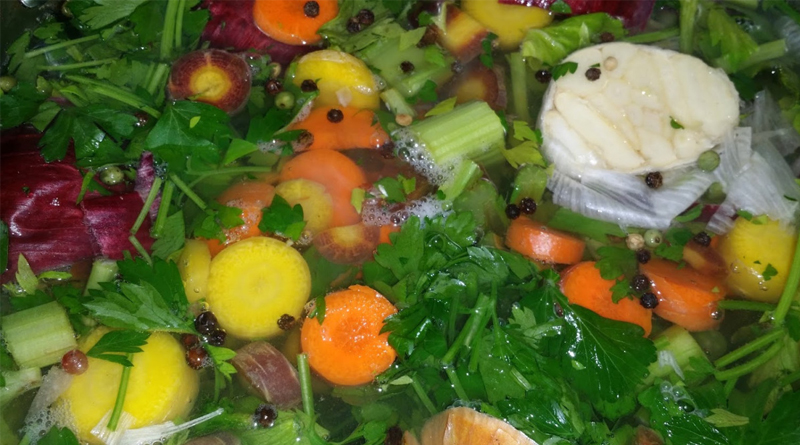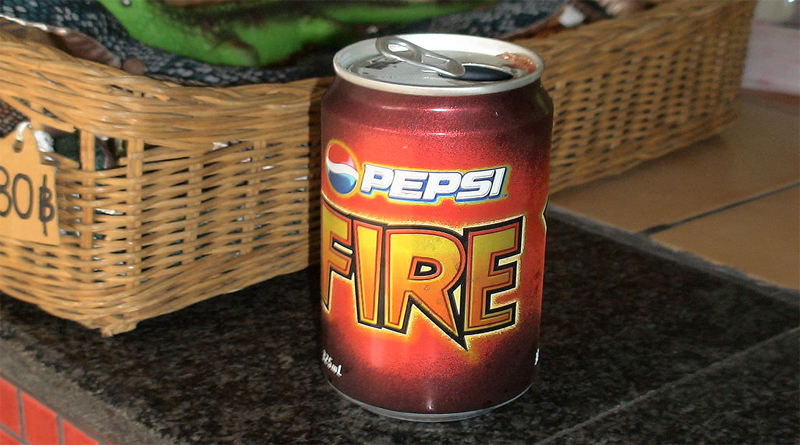Through a new global initiative, researchers at the Angiogenesis Foundation have discovered that the discarded parts of certain vegetables are more potent at blocking abnormal angiogenesis in the human body than the parts that are usually consumed.
Angiogenesis is a normal biological process in humans; it is the formation and differentiation of blood vessels in the body. Because blood vessels are necessary to supply oxygen and other essential compounds to cells, angiogenesis is essential for physical development. However, “when angiogenesis is not functioning properly, there can be either too many blood vessels forming or too few. Disruptions in angiogenesis are a common denominator of more than 70 diseases, including cancer, heart disease, obesity, blindness, diabetes, chronic wounds, [and] Alzheimer’s,” says William Li, president and medical director of the Angiogenesis Foundation. Abnormal angiogenesis can be either insufficient, in which the body does not generate enough blood vessels for tissues to heal, or excessive, in which new blood vessels grow to feed diseased tissue. “Like in the story of Goldilocks, angiogenesis needs to be perfect. Not too much, not too little, but just right to protect health,” Li explains. Certain dietary foods and a healthy lifestyle can keep angiogenesis in balance to protect health and prevent disease.
“We’ve been conducting research with the same laboratory assay systems used by biopharmaceutical companies to develop drugs,” Li reveals. “But instead of testing drugs, we are applying the systems to test the angiogenesis activity of foods.” Broccoli and carrots contain bioactive compounds—glucosinolates and carotenoids, respectively—that are antiangiogenic. “Most people are well aware of the healthful properties of broccoli and carrots; what we were interested in examining is the bioactive properties across anatomical parts,” Li says. The foundation’s researchers discovered that broccoli stalks and carrot greens, which are usually discarded, are twice as potent against abnormal angiogenesis than broccoli florets and carrot roots.
The foundation is planning anatomical research of other plant foods to determine their effectiveness in preventing disease. “The benefits of food are clearly greater than their supply of macro and micronutrients, which has dominated the field of nutrition for the last century. Today, the tools of life sciences and drug development can be applied to studying food and beverages, as well as their bioactive components, to gain a deeper understanding of what they do inside the body after they are consumed. This is one of the central platforms of the Angiogenesis Foundation’s HealthXpedition,” Li says. “This type of exploration will bring hard science and real data to our food system and yield an understanding that can be applied by food and nutrition industries alike.”
Source: IFT







